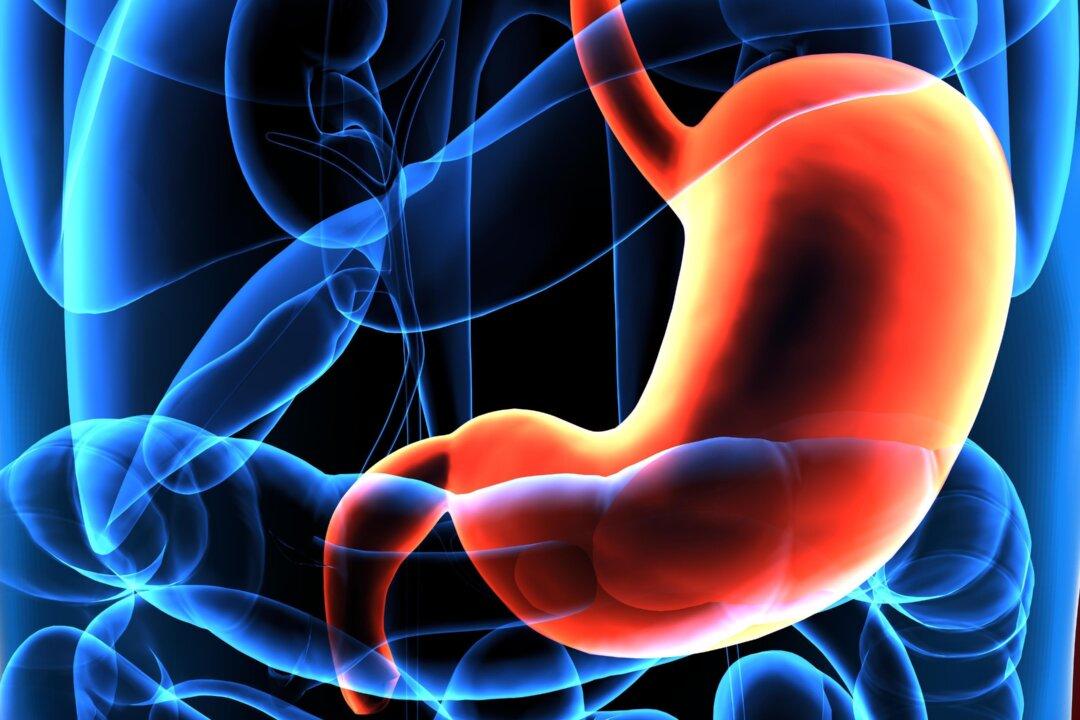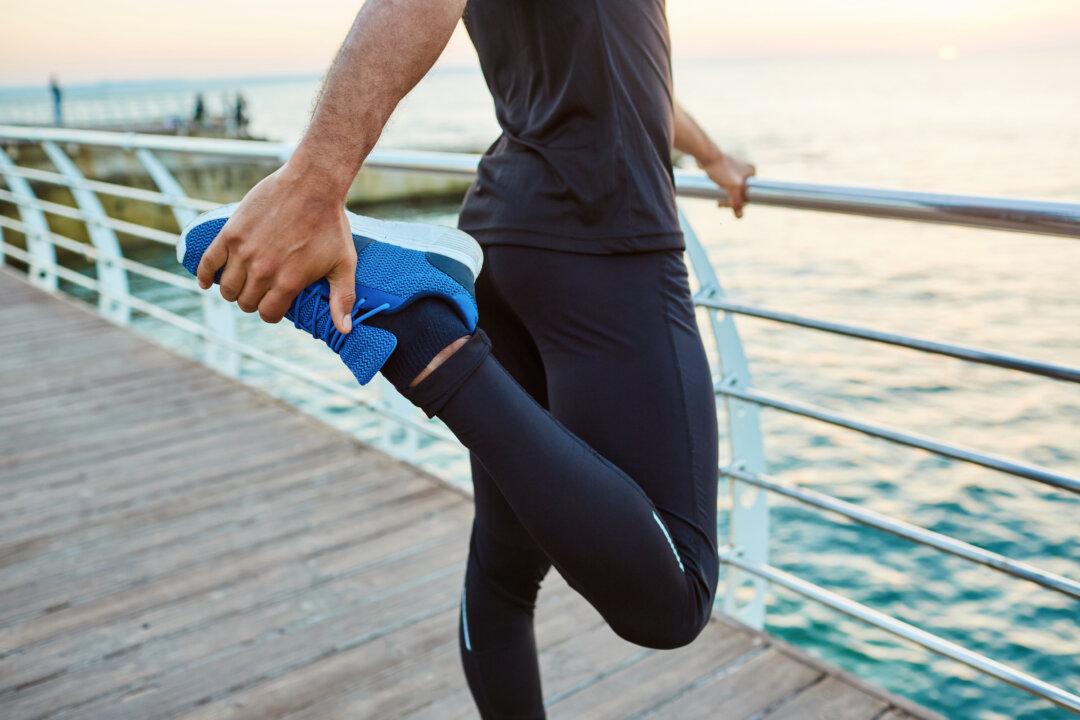Stomach cramps are also called gastro spasms, which can feel like a sharp pain in the abdomen and can in serious cases even result in vomiting.
In our busy lives, it’s very common for us to have lunch while working at the same time. Sometimes, after eating some spicy food, one may experience upper abdominal cramps or even cold sweat, and one may end up vomiting. At first, you may think that it’s a stomachache and rush to the emergency department, only to be told by the doctor that it’s stomach cramps.





